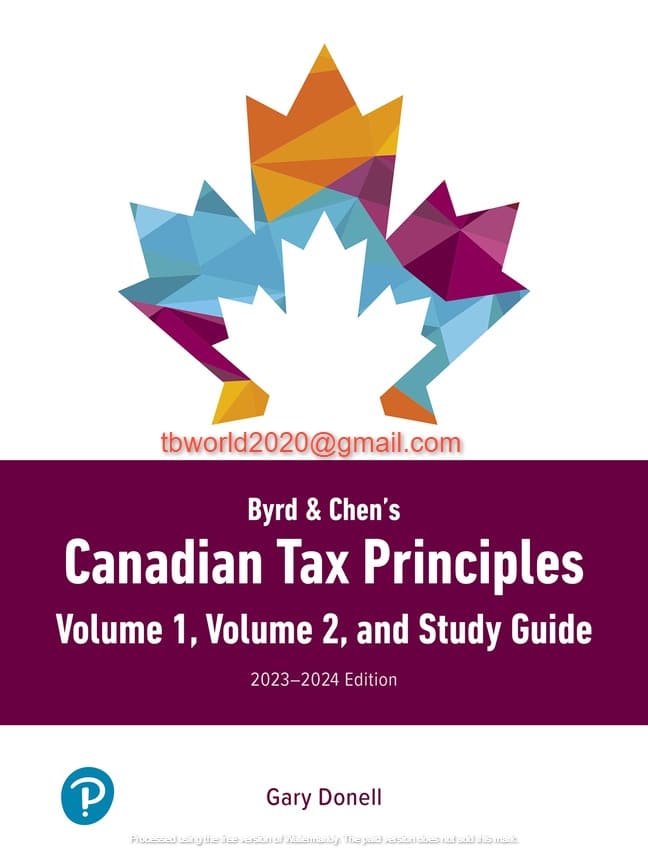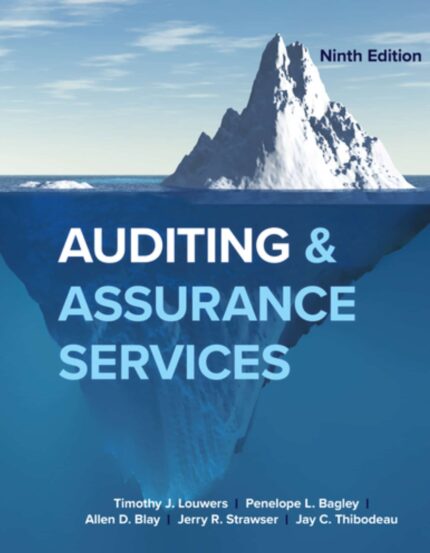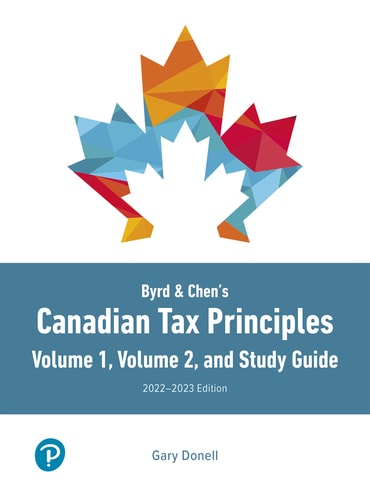Byrd & Chen’s Canadian Tax Principles, 2023-2024, Volume 1, 1st edition Gary Donell Clarence Byrd Ida Chen Solution Manual
ISBN-13: 9780138097967
Volume 1, chapters 1-10
Do you need test banks fast? eTestBank.net is the best test bank website for you! Download your test bank right after you pay. No waiting!
Why eTestBank.net is Great:
✅ Instant Download:
Get your test bank right away after payment.
✅ Unlimited Downloads:
Download your test bank anytime and as many times as you want.
✅ 24/7 Live Help:
We are here to help you all day, every day.
✅ Guaranteed Delivery:
If you don’t get the download right away, we will send it to you in 3 to 6 hours.
How to Get Your Test Bank:
- Pick Your Test Bank: Choose from many test banks.
- Pay Safely: Pay securely on eTestBank.net.
- Download Instantly: Get your test bank immediately after payment.
- Download Anytime: Unlimited downloads whenever you need them.
Need Help? Contact Us:
📧 Email: [Support@etestbank.net]
📱 WhatsApp: [https://wa.me/message/MC222DLQ4GDXL1r]
Didn’t Get Your Download?
Don’t worry! If you don’t get the file right away, we’ll send it to you in 3 to 6 hours. Need it sooner? Contact us by email or WhatsApp.
💡 Buy now from eTestBank.net for instant downloads, unlimited access, and 24/7 support—get your test bank today!
Table of Contents
- Introduction To Federal Taxation In Canada
- Procedures and Administration
- Income or Loss from an Office or Employment
- Taxable Income and Tax Payable for Individuals
- Capital Cost Allowance
- Income or Loss from a Business
- Income from Property
- Capital Gains and Capital Losses
- Other Income, Other Deductions, and Other Issues
- Retirement Savings and Other Special Income Arrangements
Sample for Byrd & Chen’s Canadian Tax Principles Solution Manual
Instructor’s Solutions Manual
Chapter 1 – Solutions to Assignment Problems
Solution to AP 1-1
Although there may not be one single solution to this problem, and student answers will be limited to their preliminary understanding of income tax concepts and procedures, this problem provides the basis for an interesting discussion of various qualitative characteristics.
Equity or Fairness The increase provides both horizontal and vertical equity. Individuals with the same income will receive the same treatment, while individuals with different income will be treated differently.
Neutrality The increase is not neutral. It targets high-income individuals and is likely to influence their economic decisions.
Adequacy While the increase was intended to create additional revenues, there is some evidence that the opposite has happened. This reflects the fact that high-income individuals are sometimes in a position to move some, or all, of that income out of Canada (e.g., move their residence to the U.S.) and to engage in complex income splitting transactions.
Flexibility With respect to flexibility, the rate can be changed at any time. However, as a practical matter, such changes would need to be on an annual basis.
Simplicity and Ease of Compliance This change would not appear to present any compliance issues.
Certainty The increase makes it clear to individual taxpayers the amount of income tax that they will be required to pay.
Balance between Sectors Unfortunately, this change will increase the imbalance in the Canadian tax system between corporate and individual taxpayers. Before the change, individuals were already paying a disproportionate share of tax revenues. The intent of this change was to further increase this imbalance.
International Competitiveness This increase further widens the gap between Canadian and U.S. personal income tax rates, making Canada far less competitive with the U.S. However, Canadian income tax rates are not out of line with income tax rates in other industrialized countries.
Solution to AP 1-2
Instructor Note There is no definitive solution to this problem. What follows represents possible comments that could be made.
For the Canadian income tax system to be more competitive with the U.S., both individual and corporate income tax rates would have to be lowered. The most obvious conflict that would arise would be with ADEQUACY of revenues. Income tax rate reductions reduce revenues and would create additional problems with the large budget deficits that exist in Canada.
Another issue is BALANCE BETWEEN SECTORS. The Canadian system is heavily dependent on individual income tax as opposed to corporate income tax. Lowering corporate rates would further exacerbate this problem.
The question of NEUTRALITY could also be involved. Trying to match either U.S. individual or U.S. corporate income tax rates could have an impact on economic decisions.
Depending on whether changes are made to corporate income tax rates or, alternatively, individual income tax rates, this could have an impact on FAIRNESS or EQUITY.
Trying to match income tax rates in the U.S. reduces the FLEXIBILITY of the Canadian income tax system.
Solution to AP 1-3
- Diamonds, South Africa In a monopoly, the tax will likely be shifted to employees and/or consumers. The incidence shift will depend on competition in world markets and employment levels. If the international diamond market is price sensitive and there is high unemployment in South Africa, then the tax will be shifted almost entirely to
The shifting assumptions affect evaluation of the tax using the characteristics of a “good” tax system. A tax that is entirely shifted to employees is similar to one on wages and is non-neutral, as it affects the decisions of employees to continue working. Some employees will work less and thus increase the excess burden resulting from the imposition of the tax.
- Diamonds, Sierra Leone The taxing authorities will find it difficult to enforce the tax, due to their inability to track diamond Records maintained by the mine will likely be inaccessible, and those presented will be incomplete. The tax will not be effective, and the tax revenue will be uncertain and inadequate.
- Principal Residences, Canada This exemption is non-neutral because investment decisions are affected by the tax preference. Given the choice of investing in real estate to hold for resale or a principal residence, both of which are likely to increase in value, a taxpayer will invest in a principal residence so that the gain on disposition is tax
It is also vertically inequitable because it benefits high-income families who can invest in more expensive residences, which have the potential of generating higher gains.
- Business Meals, Canada This restriction adds complexity to accounting for deductible expenses, as all business meals have to be accounted for and accumulated separately from other promotion expenses. The income tax could be shifted to consumers, employees, and/or shareholders. If it is shifted to consumers, it could be more advantageous to raise personal income tax so that incidence is more If it is shifted to shareholders or employees, then it would be non-neutral as it could affect investment decisions and willingness to work.
- Head Tax A head tax is neutral as it does not affect economic choices. However, it is vertically inequitable, based on the ability to pay concept of equity, as all taxpayers, regardless of their income levels, pay the same amount. This tax serves the objectives of certainty, simplicity, and ease of compliance.











